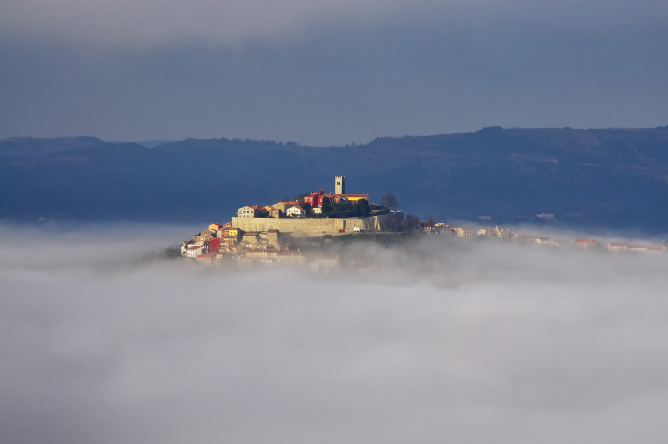
From the hilltop Motovun where the ancient relics of Rome stand
watch over the winding Mirna River, to the rocky outcrops of the Kamenjak
Peninsula and the sunny reaches of elegant Dubrovnik on the cusp of the
Dalmatian coast, enjoy this list of Croatia’s 10 towns, loaded to the brim with
unadulterated Balkan beauty.
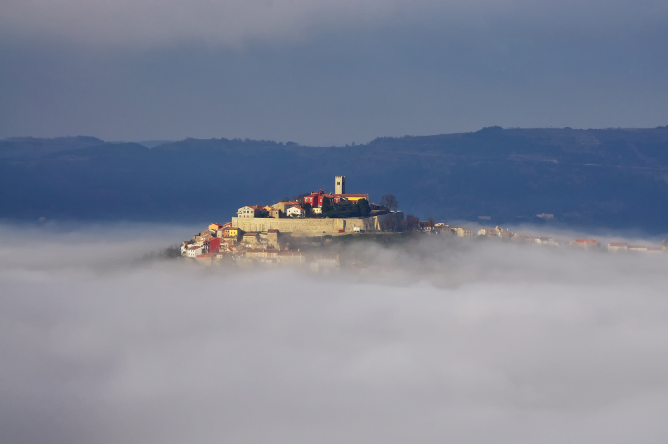
Motovun
Draped elegantly over the hilltops of central Istria, the
historic heart of medieval Motovun glimmers like a jewel amidst a sea of
rolling olive fields and truffle-rich forests. Often hailed as the most
handsome town in all Croatia, this mountaintop centre has kept watch over
the winding valleys of the Mirna River since it was first raised on the ruins
of ancient Kastelijer sometime after the 10th century. Today, it
buzzes with an indelible Italian-come-Slavic charm, the aromas of frying whitetruffles and pizza pies alike moving between its crenulated fortifications, and
the mellifluous cadences of the Latin tongue echoing under its truly exquisite
city gates.
Korcula
Set in the shadow of the rising limestone and dolomite
ridges of the Dinaric Alps, Korcula is a true gem of Dalmatia. It can be found
clinging elegantly to a curved spit of land on the northern cusp of Korcula
Island, encompassed by the lapping waves of the Adriatic Sea on three sides and
verdant groves of swaying palm trunks and evergreen pines on the other. Betwixt
its streets, marble-clad homes glow with gradients of faded beige and alabaster
white, red-tiled roofs conceal earthy eateries touting fish stews and super-dry
Croatian wines, and boats bob melancholically between the stone walls of the
age-old port.
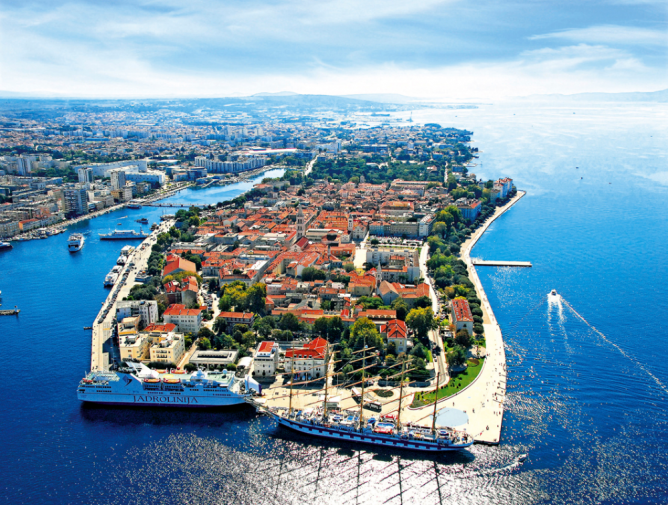
Zadar
Behind a wall of modern high-rises and clusters of brilliant
white yachts, Zadar’s old town continues to hum with life in the gentle breezes of
the Adriatic Sea. It’s a palimpsest of styles and tastes, with
layers upon layers of history coalescing between its marble-clad alleyways and
open squares. On one corner, the much-rebuilt façade of the Church of St Simeon
fuses the Gothic and the provincial Baroque; nearby, the Byzantine rises of St Donat’s Church stand stoic and strong, side-by-side with the crumbling remnants
of a Roman forum. Where the town meets the crystal-clear shore waters, the
rumbling tones of the avant-garde Sea Organ issue forth from the waves.
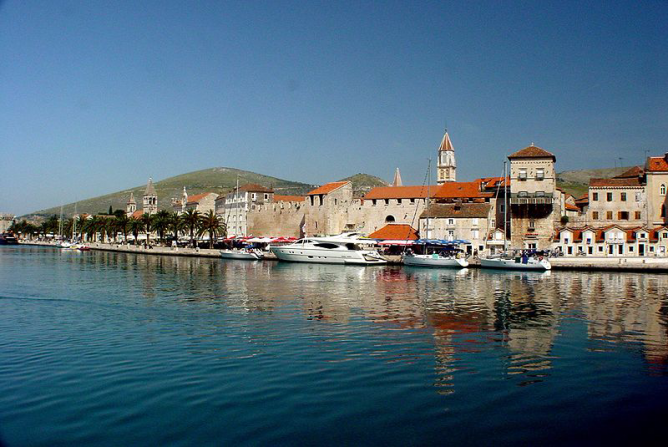
Trogir
Straddling the mainland and a rocky island over a small naval
channel two-thirds of the way down the country’s Adriatic coast,
UNESCO-attested Trogir is steeped in the histories of ancient Greece, imperial
Rome, republican Venice and trendy modern-day Croatia alike. The centre of town
is cut by narrow lanes where swaying laundry lines drift in the
maritime winds and overhanging timber balconies play host to Italian pizzerias
and open-air wine bars. Nearby, the formidable walls of the mighty Kamerlengo
Fortress and the Romanesque rises of the city’s cathedral stand tall, watching
over the clusters of bubbling beach shacks and pebble coves that pepper the
inlets of Okrug Gornji island across the bay.

Pula
Crowned by the mighty colonnades and archways of the
best-preserved Roman amphitheatre anywhere in Europe outside of Italy, ancient
Pula is much more than just the gateway to the shimmering beaches of the Verudela
Peninsula and the windswept coves of Kamenjak (although they certainly are two good reasons to visit). In the summer, warm breezes caress the marble
forums of the historic town centre; two-thousand-year-old temples loom large;
orthodox churches glimmer white in the sun; triumphal archways honour the
city’s age old luminaries and clusters of Slavic locals sip frothy beers in the
open-air bars that line the narrow side streets all around.
Hvar
Hugging its yacht-dotted inlet on the extreme western edge
of Hvar Island, this fun-loving staple of sun-seeking travellers making their
way along the Croatian Adriatic are half rustic Italian farmers and half
jetsetting gentlemen. Its centre is a perplexity of glossy marble squares,
shady stone alleyways and steep stairways that gives way to a nebula of ochre
roofs and medieval frontispieces, while behind, rugged hillsides vanish into
the blurring heat haze of the Mediterranean, awash with curious limestone
outcrops, rolling vineyards, winding coastal paths, hidden coves and hedonistic
beachside partying shacks. No wonder nearly 200,000 visitors hit Hvar every
year!
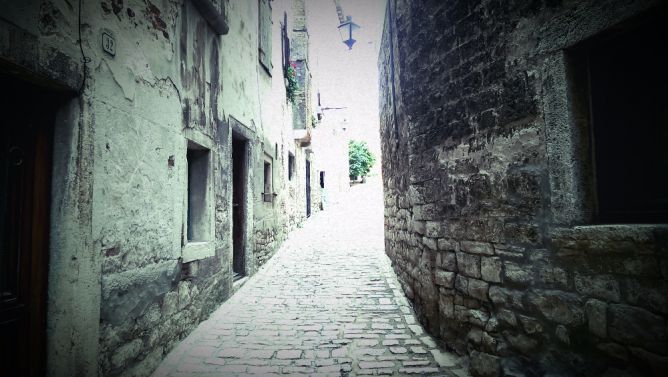
Rovinj
A sea of terracotta-tiled roofs, sun-kissed waterside
walkways and stuccoed Italian-esque homes that cascades down to the
edge of a rocky, pine-dotted shoreline, medieval Rovinj juts out into
the turquoise waters of the Adriatic midway down the Istrian Peninsula. The
heart of town is a labyrinthine maze of winding cobblestone alleyways and
tight-knit piazzas concealing rustic seafood konobas (taverns)—the very picture of traditional coastal Croatia.
Above the swaying washing lines and shady streets here, the soaring tower
of St Euphemia’s Basilica keeps watch; the aromas of freshly cooked truffles
twisting between its Roman relics and haunting Gothic carvings.
Dubrovnik
No line-up of the most beautiful towns in Croatia could
possibly be complete without a mention of Dubrovnik, which rises
dramatically from a curvy topography of Adriatic cliffs in the extreme south of the country. Cut through by the bustling thoroughfare of Stradun,
this is a place where vaulted Baroque ceilings mix with
hints of Ottoman influence; the soaring keeps of the old Ragusa Republic still
crown the hilltops, and the legends of Balkan knights persist between the aged
city gates, palaces and bell towers. More recently the town has figured as the
backdrop for the monarchic capital of King’s Landing in the epic TV drama, Game of Thrones—a regal role for a truly
regal town.

Split
In spite of its status as the de facto capital of Dalmatia
and all the unceremonious urban sprawl that goes with it, sunny Split has done
well to cling to its rich historical veneer. The architectural pièce de
résistance of the city is unquestionably the central kernel of Diocletian’sPalace—a medley of marble arches, tight-knit alleyways, glimmering piazzas and
peristyle constructions that bears a deserved UNESCO tag and draws floods of
photo-hungry visitors in the high season. As if that wasn’t enough, Split touts the bubbling Riva harbourside, which flaunts swaying palm trees and
chic cafés, while all around, rugged hills rise and snorkelers drift between
the salty reefs and lapping waves of the shore.
Zagreb
Forgetting the Stalinist sprawl of Zagreb’s outer districts
and focusing in on its core of Austro-Hungarian elegance, travellers to this
buzzing Balkan capital are invited to lose themselves between cobblestone
streets of rattling trams, subterranean beer bars and opulent Baroque palaces.
In the city’s older Upper Town, a web of criss-crossing roads sits enfolded
between the rises of the Kaptol and Gradec hills, rich with 13th
century church spires, hipster cafés and winding lanes dotted with overhanging
street lamps wrought in steel filigrees. On the horizon, Mount Medvednica
dominates—a treasure trove of ski runs, hiking trails, lichen-clad forests and
mysterious medieval fortresses.
By Rich Francis
